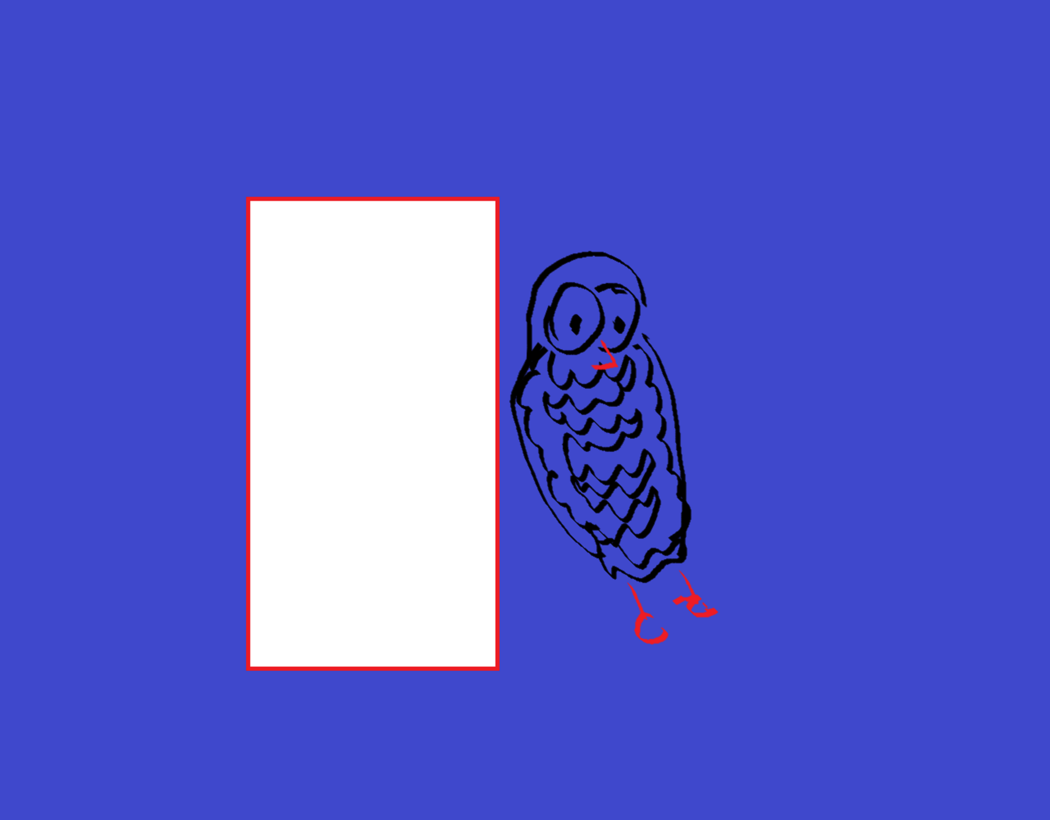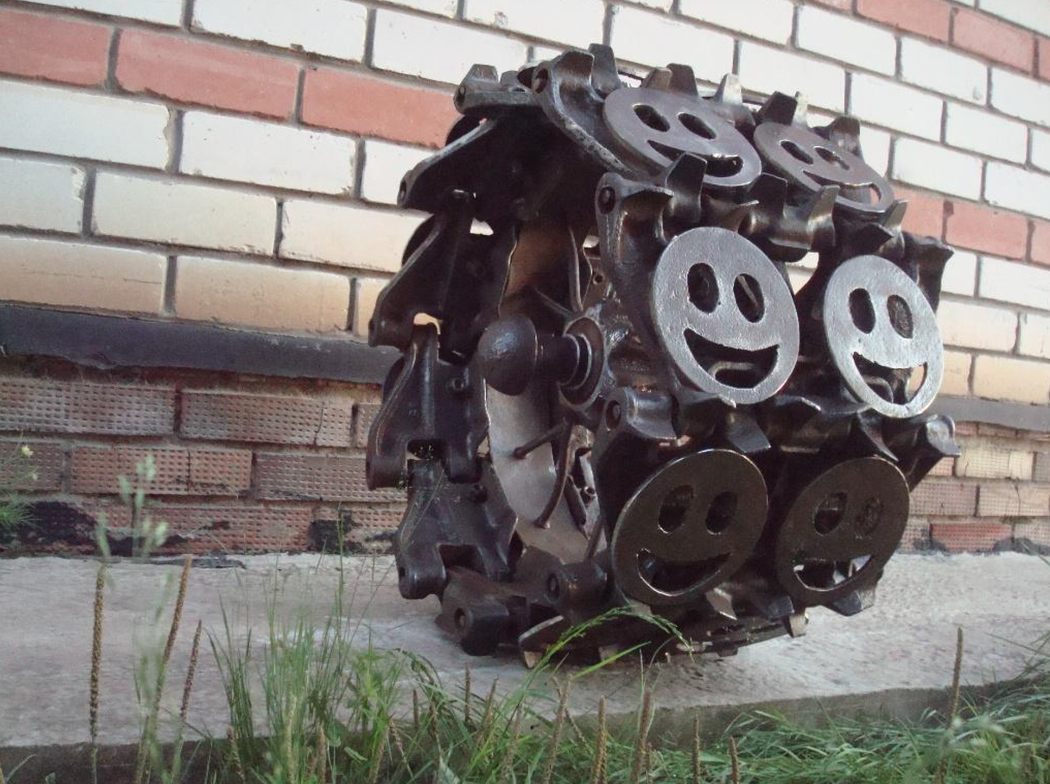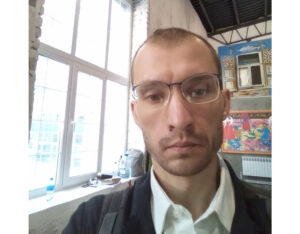Zhenya Yudakov
Year of birth: 1990.
Your education: Samara State University, major in Cultural Studies.
Your discipline: I am interested in text, sculpture, and drawing.
Instagram
Your work often engages with both text and images. How do you balance the roles of words and visuals in your art?
This question is valid if that balance exists in each specific work.
You’ve mentioned using Paint as a tool for digital drawings. What attracts you to this particular program, and how does it affect your creative process?
I started using Paint out of necessity (since it’s hard to afford subscriptions to modern graphic editors). However, this program has many tools for artists to work with.
I think due to the simplicity of this program (compared to modern alternatives), its influence on my creative process is minimal.
 Zhenya Yudakov | Ursa Major and Ursa Minor
Zhenya Yudakov | Ursa Major and Ursa Minor
Your portfolio includes works that explore complex themes, such as freedom and human emotions. How do these themes evolve in your art over time?
Here you are touching on complex concepts (specifically concepts) like freedom and emotions. The answer to this question would imply a deep understanding of these terms.
For me, these are very complicated terms.
Many of your works contain a certain humor, warmth, or even irony. How important is humor in your creative expression?
It’s very important. It’s like Dostoevsky’s books. When, after reading eight hundred pages, you come across the character of Kolya Krasotkin and realize what a great sense of humor Dostoevsky had.
And later, you rewatch all the seasons of Futurama several times, where you find those moments too. I would like to express my gratitude to the creators of this animated series.
 Zhenya Yudakov | Abstract Sculpture
Zhenya Yudakov | Abstract Sculpture
You have explored sculpture in addition to digital and traditional drawing. What challenges do you face when shifting between different mediums?
I am not currently engaged in sculpture because I moved from the countryside to the city. In the countryside, I had the opportunity to work with tools, and there was space in the yard. In the city, I rent a room and do not have a studio.
 Zhenya Yudakov | Blue Bird (Milton Erickson 1901-1980) | 2024
Zhenya Yudakov | Blue Bird (Milton Erickson 1901-1980) | 2024
Can you share more about the meaning behind your work titled “Blue Bird. Milton Erickson (1901-1980)”?
Yes. In the drawing, you can see a surprised, confused, yet attentive bird resembling an owl.
The title of the work references the person who developed neuro-linguistic programming in the 20th century.
Coding for alcohol addiction is a certain methodology that was developed or is still being developed by someone, somewhere, somehow.
Moderators openly state that this method helps bypass a person’s critical thinking. The phrase “bypassing critical thinking” is a big compliment to this method. The person on whom this methodology is applied becomes vulnerable to the possibility of becoming a passive participant in mental experimentation.
The connection with the person is made through sound influence, and the knowledge of this connection is one-sided. Modern gadgets can very easily record and reproduce sounds at different levels of audibility.
It becomes critical because this influence can occur outside the walls of a special institution (if such institutions even exist). That is, potentially, any person can enter into symbiosis with wrongdoers while continuing to go about their daily activities without knowing it. The simplest example is a video camera. It’s a lot if this is possible. Sound recording is very possible. That’s also a lot. Sound reproduction is also possible, on different levels of audibility.
In the hands of wrongdoers, a person’s speech in recorded form creates a rough matrix of their thinking style, outlining the shape of their internal voice. Even in the registration process, this matrix already represents harm by violating a person’s right to privacy.
The registered form of speech becomes suitable for:
a) registration
b) critique
c) interference
Interference, critique, and registration can occur during sleep and wakefulness. A person continuously engages in dialogue within their field of attention. They may repeat and replay interactions from their day, childhood, vacation…
Observing this dynamic, the moderator can manipulate the patient’s imagined characters, the content of those characters’ speech, voice tone, and gender choice. AI is capable of doing this now. It’s being demonstrated now. It may have been capable for a while. And this can be done directly by operators, in different roles.
A person doesn’t just speak in their voice; they also make music and do many other things in their imagination.
For instance, large language models and Chat GPT are considered generative AI. Generative AI is believed to be close to imagination in its properties, as the developers claim. There is also discriminative AI…
During sleep, a nearby mobile station, phone, or bug can record and reproduce sound.
However, surveillance of a person is illegal.
 Zhenya Yudakov | Positive Pressure
Zhenya Yudakov | Positive Pressure
In your sculpture “Positive Pressure,” you deal with the concept of pressure. What inspired this piece, and how does it relate to your other works?
I didn’t understand how one could see tanks in Africa on TV.
I can explain why there are tanks in Russia. It’s because of the confrontation between the T-34 and the Tiger.
But how can one see tanks in Africa?
I think that the responsibility of manufacturers extends as far as Egypt. No further.
I’m sure that the history of each piece of armored machinery can be traced. It’s an interesting question.
I don’t understand how a tank can drive across the savannah. It wouldn’t go far or for long.
A tank is a weapon.
A tank in Russia represents the confrontation between the T-34 and the Tiger.
A tank in Africa from the T family raises interesting questions for specialists.
For Russia, the tank represents the T-34 vs. the Tiger. That’s its history.
As for the history of those tanks seen in Africa, that’s not an abstract question.


Leave a Reply